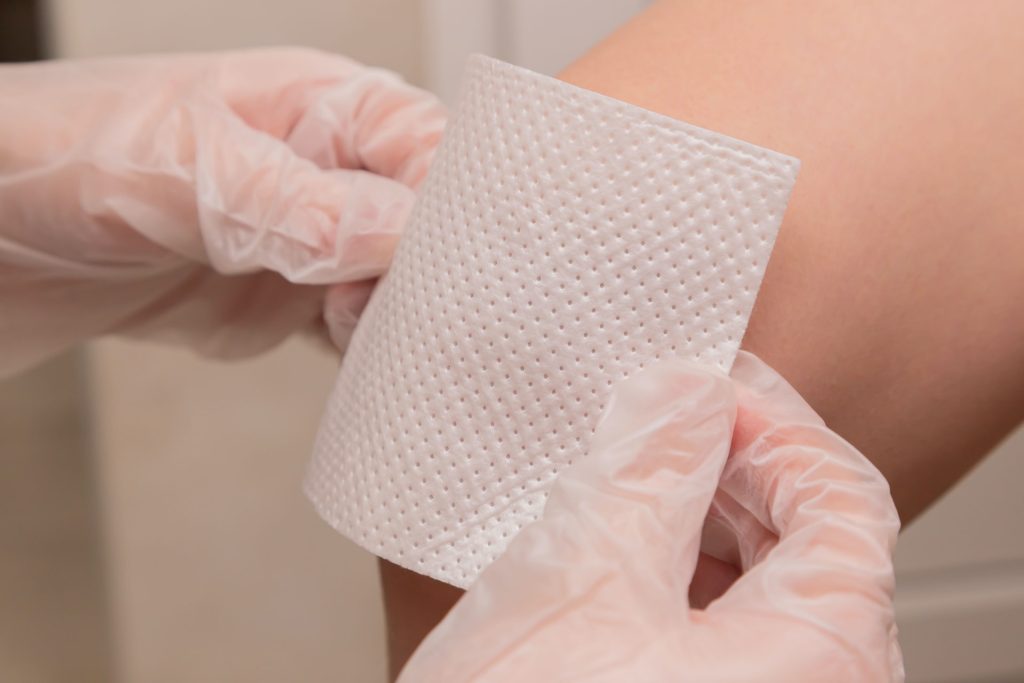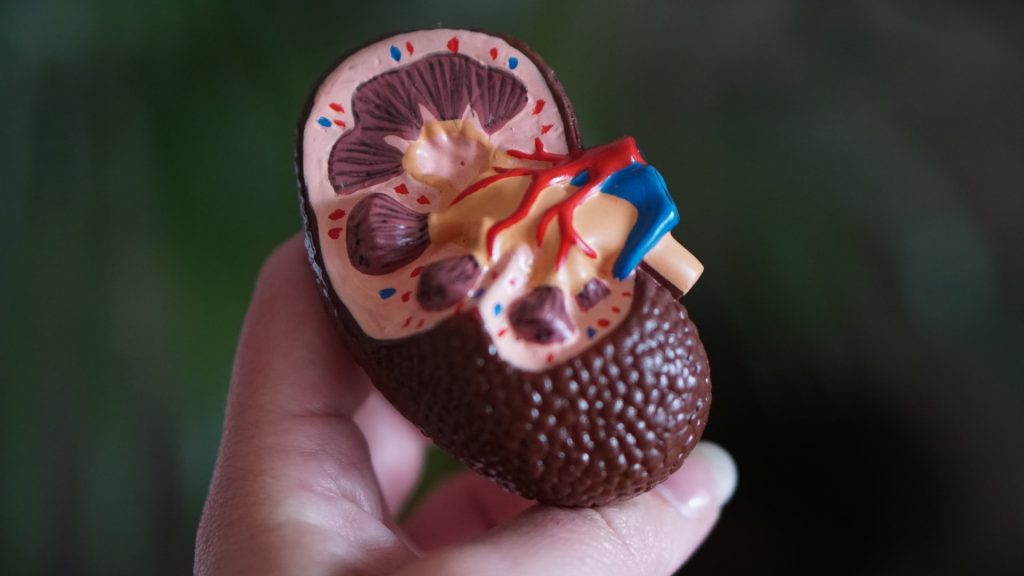US Officials Discover Illegal Biological Laboratory inside Warehouse

Authorities in the US have shut down what seems to be an illegal biological lab in California. Hidden inside a warehouse, the lab held nearly 1000 lab mice, around 800 unidentified chemicals, refrigerators and freezers, thousands of vials of biohazardous materials such as blood, incubators, and at least 20 infectious agents, including SARS-CoV-2, HIV, and a herpes virus. The lab’s owners claim they were developing COVID testing kits.
NBC News affiliate KSEE of Fresno reported that the authorities first cottoned on to the lab when a local official noticed an illegal hosepipe connection, prompting a warrant to search the building, which was only supposed to be used for storage.
Officials first inspected the warehouse in Reedley City, Fresno County on March 3, court documents reveal. It was only on March 16 when local health officials conducted their own inspection – and they were shocked to discover the true nature of the warehouse’s contents and operations.
Reedley City Manager Nicole Zieba told KSEE, “This is an unusual situation. I’ve been in government for 25 years. I’ve never seen anything like this.”
“Certain rooms of the warehouse were found to contain several vessels of liquid and various apparatus,” court documents read. “Fresno County Public Health staff also observed blood, tissue and other bodily fluid samples and serums; and thousands of vials of unlabeled fluids and suspected biological material.”
Chemicals and equipment were also haphazardly stored with furniture. They also discovered nearly a thousand mice; more than 175 were already dead and 773 were euthanised.
The tenant was found Prestige BioTech, which was not licensed for business in California. The company president was identified as Xiuquin Yao, whom officials questioned via email. Prestige BioTech had moved assets from a now-defunct medical technology company which had owed it money.
Prestige Biotech is accused of not having the proper permits and disposal plans for the equipment and substances, and would not explain the laboratory activity at the warehouse.
“I’ve never seen this in my 26-year career with the County of Fresno,” said Assistant Director of the Fresno County Department of Public Health Joe Prado.
“Through their statements that they were doing some testing on laboratory mice that would help them support, developing the COVID test kits that they had on-site,” Prado said.
Zieba also commented that this was only part of the investigation. “Some of our federal partners still have active investigations going. I can only speak to the building side of it,” Zieba said.
Further attempts to contact Yao for comment have been unsuccessful.










